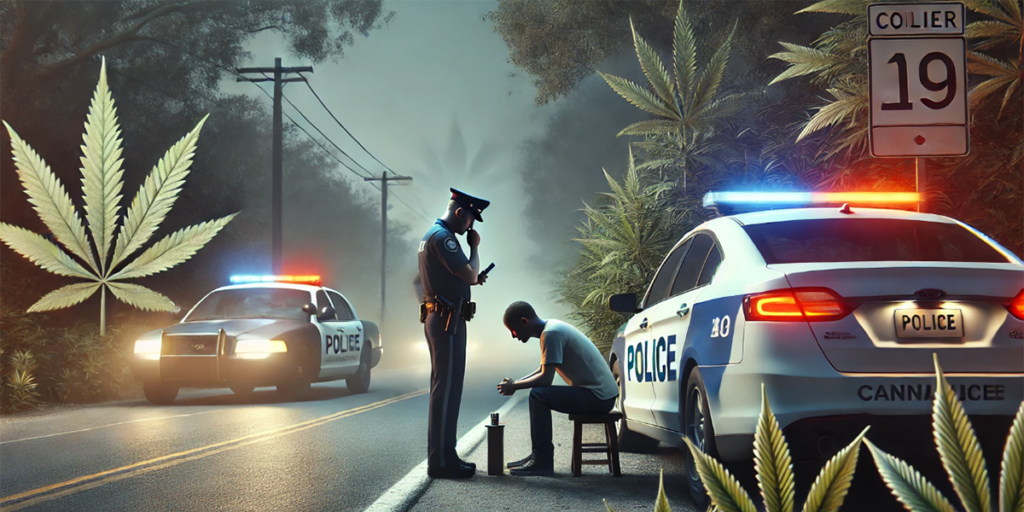In the wake of rising drug-related traffic fatalities, police departments across the U.S. find themselves grappling with outdated methods to determine cannabis impairment in drivers. As MLive reported, with cannabis legalization continuing to grow nationwide, law enforcement is left without a reliable tool akin to a breathalyzer for marijuana detection, leading to inconsistent enforcement and legal challenges.
Challenge Of Detecting Cannabis Impairment
In 2021, over half of drivers involved in fatal crashes tested positive for drugs, according to the National Highway Traffic Safety Administration. As states adopt different standards for cannabis impairment, six have introduced "per se" THC limits, similar to blood alcohol levels, despite research suggesting no correlation between THC levels in the bloodstream and impairment. Professor William McNichol of Rutgers Law School points out the limitations of this approach, comparing it to alcohol enforcement in its simplicity but noting that it "just doesn't stand up" scientifically.
Research on THC levels has found that the substance disperses from the bloodstream rapidly after inhalation, complicating efforts to establish a universal standard. Studies also show that frequent cannabis users can maintain detectable THC levels long after impairment has passed, casting doubt on the reliability of blood tests alone.
Traditional Tactics: Drug Recognition Experts And Roadside Tests
In the absence of a scientifically validated test, law enforcement has leaned heavily on Drug Recognition Experts (DREs), officers trained to observe signs of impairment through a 12-step evaluation process, including eye movement, balance, and pulse rate. Although DREs are traditionally allowed to testify as experts in court, a growing number of states have begun stripping them of this status due to challenges over scientific validity.
"There's a bit of a trial-and-error process," explains DUI attorney Michael Boyle, underscoring the inconsistencies in these traditional methods. Boyle emphasizes that the limitations of available testing only add to the legal and logistical hurdles police face.
Push For Modern Solutions
In recent years, several states have attempted to modernize with new tools like the SoToxa roadside saliva test, which detects drugs including THC, cocaine and opioids within minutes. However, the tests have shown inaccuracies, with Michigan's pilot program in 2019 revealing that nearly 24% of positive results were later contradicted by blood tests. Similarly, the OcuPro, a VR-based headset designed to measure pupil movement, has entered trials but is not yet admissible in court.
Some researchers are exploring brain-scan technology to detect impairment. Boston researchers recently demonstrated that portable brain scans could detect THC impairment with greater reliability than DREs, although the technology is still in its infancy.
Costly, Uncertain Path Forward
Despite limitations, many states, including Alabama, continue to invest in the DRE program, planning to expand it over the next few years. In Alabama's case, a $1.15 million investment aims to "better detect" cannabis impairment, even as the efficacy of the approach remains under scrutiny.
The lack of a reliable, science-backed tool for determining cannabis impairment is a growing concern, particularly as drugged-driving fatalities increase in states where cannabis use is legal. As the demand for a solution grows, so does the debate over whether current efforts are the best use of resources or if alternative methods should be explored. For now, law enforcement is stuck with outdated methods that offer imperfect results, leaving drivers and police alike facing an uncertain road ahead.
Cover image made with AI
© 2024 Benzinga.com. Benzinga does not provide investment advice. All rights reserved.








